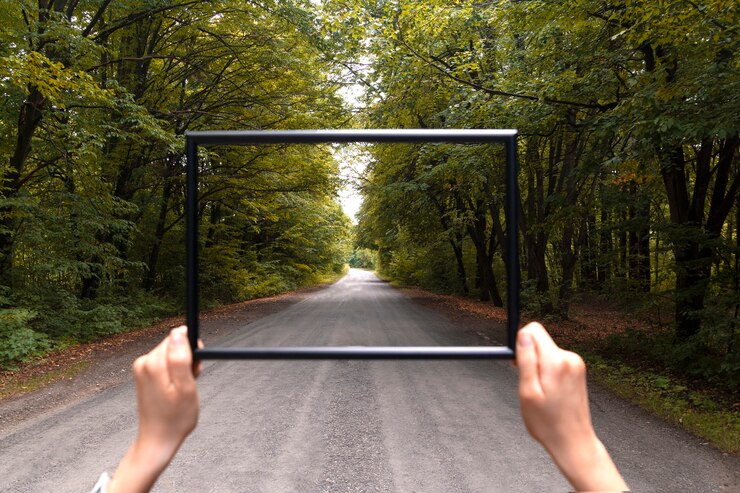Reverse image search is a powerful tool that helps users find the origin of an image or discover similar pictures online. This technology allows individuals to track down where their photos are shared, identify unknown images, or even locate the sources of memes and artwork. With various tools available, including popular options like Google Images and TinEye, users can input a picture to gather information and explore the web for matches.
These search engines use advanced algorithms to analyze images and compare them with a vast database, providing results in seconds. This process is useful for photographers wanting to protect their work, researchers tracing image origins, or anyone curious about the visual content they encounter online. The versatility and efficiency of reverse image search have made it a vital resource in our digital age.
As concerns about privacy and image misuse grow, understanding how to navigate these tools responsibly is essential. With the right knowledge, users can maximize their experience while being mindful of the ethical implications of image sharing and recognition technology.
Key Takeaways
- Reverse image search helps identify the origin and usage of images online.
- Major search engines offer swift results for similar images.
- Responsible use of this technology addresses privacy concerns.
What is Reverse Image Search?
Reverse image search is a tool that allows users to search the internet using an image rather than text. Unlike traditional searches, where keywords guide the search, reverse image search focuses on the visual content itself.
This process typically includes the following steps:
- Upload an Image: Users start by uploading an image or entering an image URL.
- Search Activation: The tool analyzes the image and finds similar images online.
- Results Displayed: Users receive a list of images and related information.
Common uses for reverse image search include:
- Finding Image Sources: Identifying where an image originated.
- Checking Image Authenticity: Verifying if an image has been altered.
- Discovering Similar Images: Exploring similar or related images for reference.
Popular platforms that offer this feature include:
| Platform | Description |
|---|---|
| Google Images | Allows users to search by uploading an image. |
| TinEye | Specializes in image recognition and comparison. |
| Bing Image Search | Provides a similar reverse image search function. |
Reverse image search is valuable for anyone who wants to gather more information about an image or find its origin. It empowers users to utilize the visual elements of the web effectively.
How Reverse Image Search Works
Reverse image search utilizes various technologies to identify and locate images on the internet. It involves analyzing images, using algorithms, and matching them against large databases of content. This process allows users to find similar images, variations, and their origins efficiently.
Image Recognition Techniques
Image recognition techniques play a crucial role in reverse image search. These methods include:
- Feature Detection: This identifies key features or unique shapes within an image. For example, corners or edges are detected to create a mathematical representation of the image.
- Image Segmentation: This breaks the image into smaller segments or parts. Each segment can be analyzed separately, allowing for more accurate recognition of patterns or objects.
Using these techniques, reverse image search systems can distinguish between various elements in an image. This enables them to match images based on similarity rather than exact duplicates.
Algorithms and Machine Learning
Advanced algorithms and machine learning improve the accuracy of reverse image searches. These systems learn from vast datasets to recognize patterns and features.
- Neural Networks: A type of machine learning model that mimics how the human brain processes information. It can analyze images and categorize them effectively.
- Similarity Scoring: Algorithms calculate a score based on how closely an uploaded image matches those in the database. Higher scores indicate more relevant matches.
These technologies adapt over time, improving the search results as they receive more data for training. This leads to better performance in identifying and categorizing images.
Database Matching
Database matching is the final step in reverse image search. When a user uploads an image, the search engine compares it against a massive database of images.
- Indexed Images: The database houses indexed images. Each image has associated metadata, such as tags and descriptions, making searching easier.
- Retrieval Process: During a search, the system retrieves images that match the uploaded image’s features. It ranks these images based on their similarity scores.
This process allows users to discover related images, their sources, and even modified versions. The efficiency of database matching significantly enhances the user experience.


